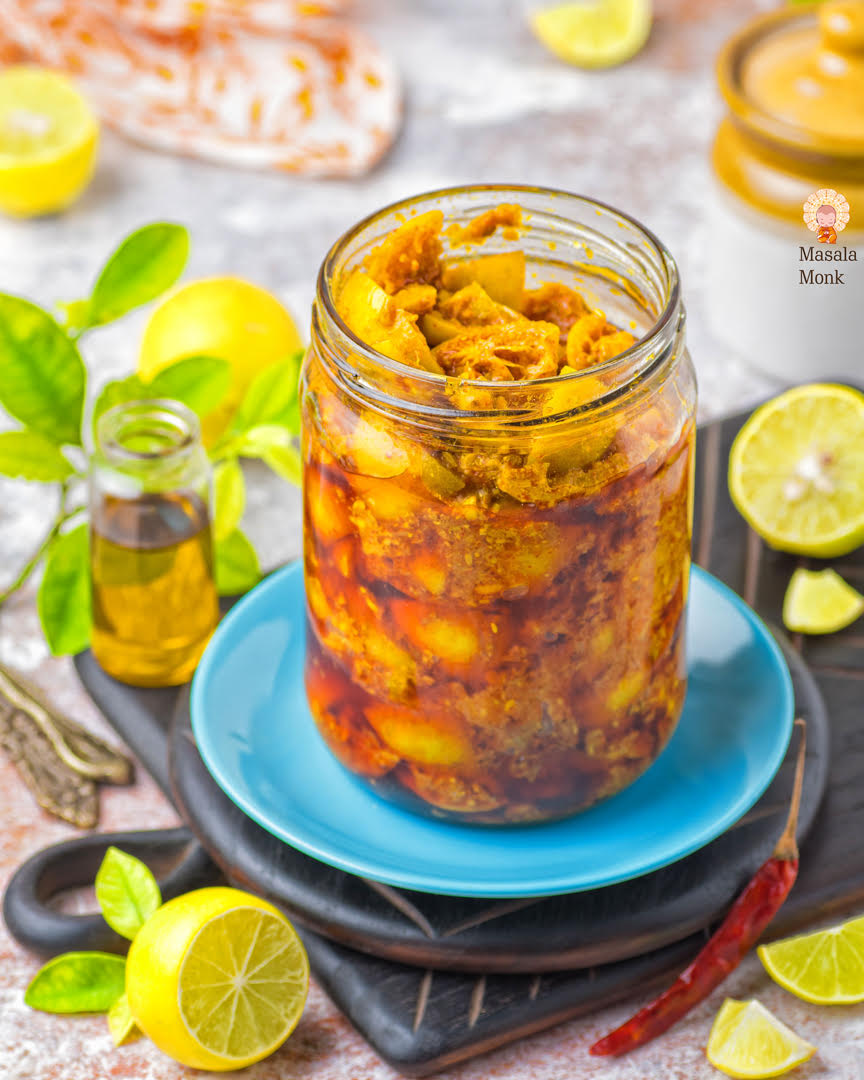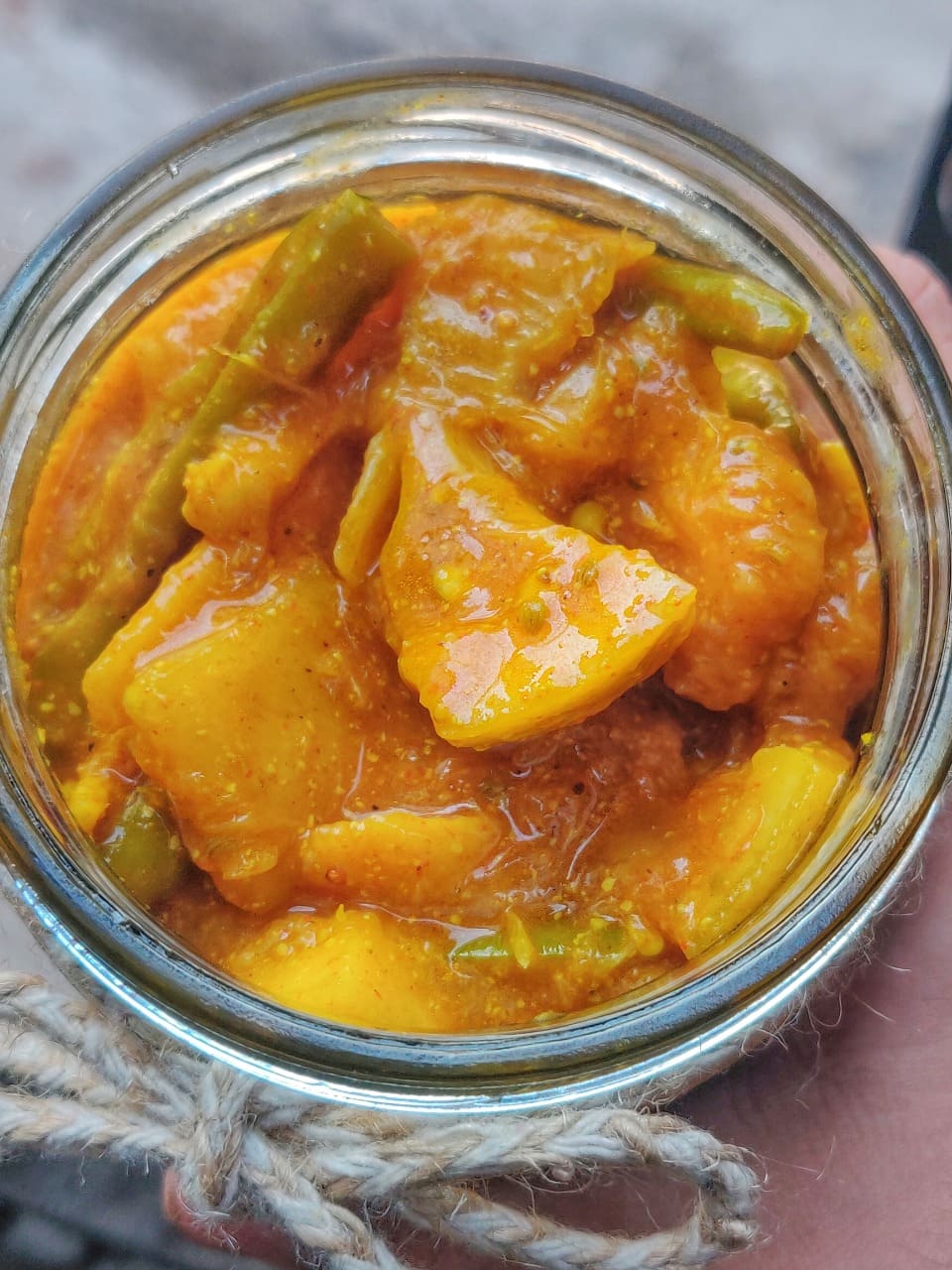
Lemon pickle, also known as Nimbu ka Achar, is a popular condiment in Indian cuisine known for its tangy and zesty flavor. While it is a delightful addition to meals and can enhance the taste of various dishes, you might be wondering if it is good for your health. Let’s explore the potential health benefits and considerations of consuming lemon pickle.
🍋 Nutritional Profile of Lemon Pickle 🥗
Lemon pickle is primarily made from lemons, which are rich in vitamin C, an essential nutrient that supports immune function and acts as an antioxidant in the body. It also contains small amounts of other vitamins and minerals, such as potassium, calcium, and vitamin B6. However, it is important to note that the exact nutritional composition can vary depending on the recipe and preparation method.
🌿 Potential Health Benefits of Lemon Pickle 🌟
- Vitamin C Boost: Lemon pickle provides a concentrated dose of vitamin C, which plays a crucial role in supporting a healthy immune system and protecting against oxidative stress.
- Antioxidant Properties: The presence of vitamin C and other antioxidants in lemons may help combat free radicals and reduce inflammation in the body.
- Digestive Aid: Lemon pickle is often consumed as a digestive aid due to the presence of lemon juice, which can stimulate the production of digestive enzymes and promote healthy digestion.
- Flavorful Alternative: Lemon pickle can add a burst of flavor to meals without the need for additional salt or unhealthy condiments, making it a healthier alternative to some other flavor enhancers.
🚫 Considerations and Moderation ⚖️
While lemon pickle offers potential health benefits, there are a few considerations to keep in mind:
- High Sodium Content: Lemon pickle is typically made with salt, which can contribute to its tangy and savory flavor. Individuals who need to monitor their sodium intake, such as those with high blood pressure or certain medical conditions, should consume it in moderation.
- Portion Control: Due to its intense flavor, a small amount of lemon pickle can go a long way in enhancing the taste of a dish. It is important to exercise portion control to avoid excessive sodium intake and maintain a balanced diet.
- Homemade vs. Store-Bought: Commercially prepared lemon pickles may contain added preservatives, artificial colors, or excessive amounts of salt. Opting for homemade versions or those made with minimal ingredients can be a healthier choice.
🥗 Incorporating Lemon Pickle in a Balanced Diet 🍽️
If you enjoy the tangy goodness of lemon pickle and want to include it in your diet, here are a few tips:
- Moderation: Enjoy lemon pickle in moderation, paying attention to portion sizes to manage sodium intake.
- Pairing and Flavor Enhancer: Use lemon pickle as a flavor enhancer for dishes like rice, lentils, salads, or grilled vegetables. A little goes a long way in adding a tangy kick.
- Homemade Options: Consider making your own lemon pickle at home using fresh lemons, minimal ingredients, and controlling the amount of salt used.
- Balance and Variety: Remember that a balanced diet consists of a variety of foods. Incorporate lemon pickle as part of a diverse range of healthy choices.
🙏 Conclusion 🌼
Lemon pickle, or Nimbu ka Achar, can be a flavorful addition to meals and offer potential health benefits due to its vitamin C content and antioxidant properties. However, it is essential to consume it in moderation, especially for individuals watching their sodium intake. By practicing portion control and opting for homemade versions, you can enjoy the tangy delight of a lemon pickle while maintaining a balanced and healthy diet.
🍋🥗🌟










